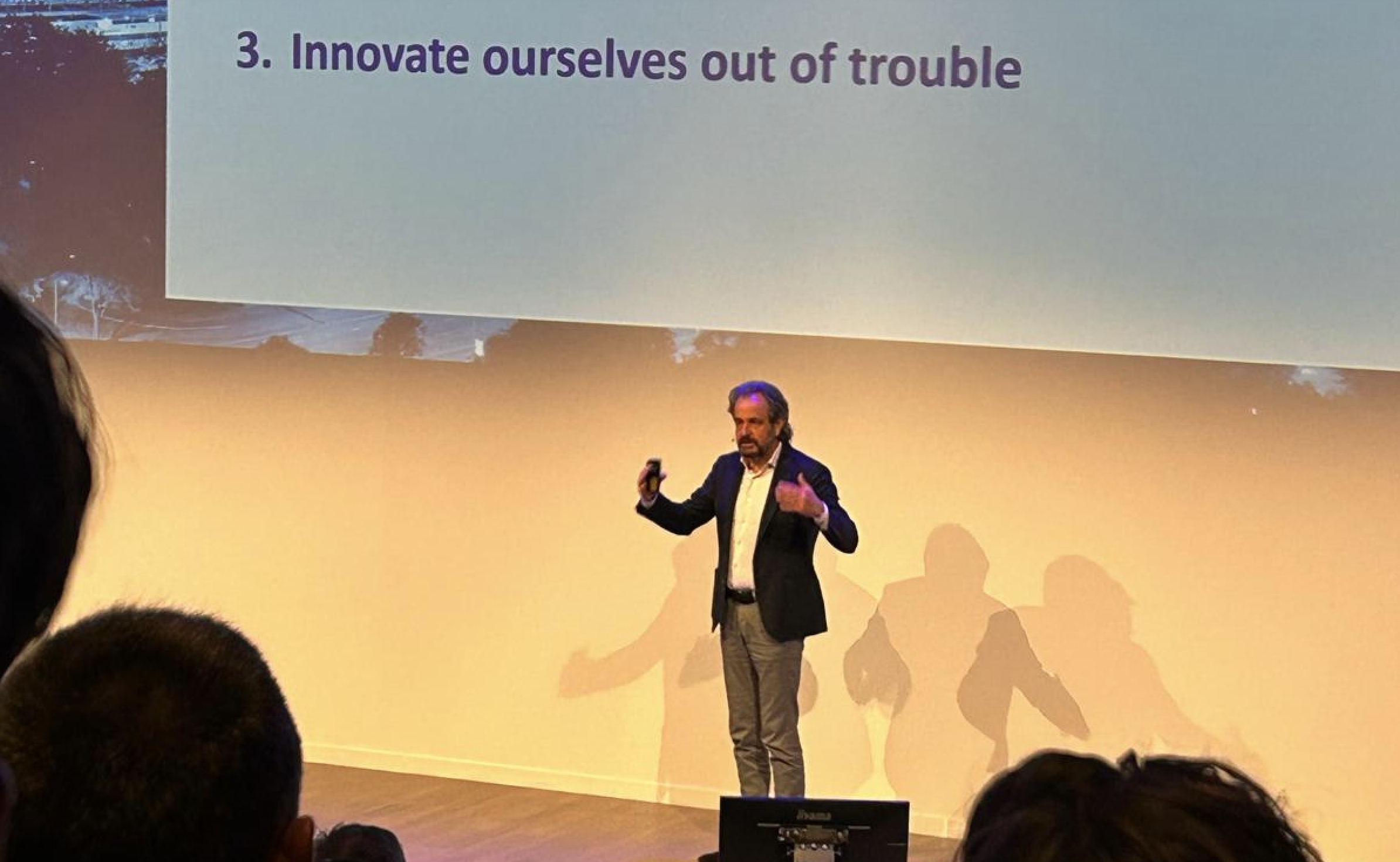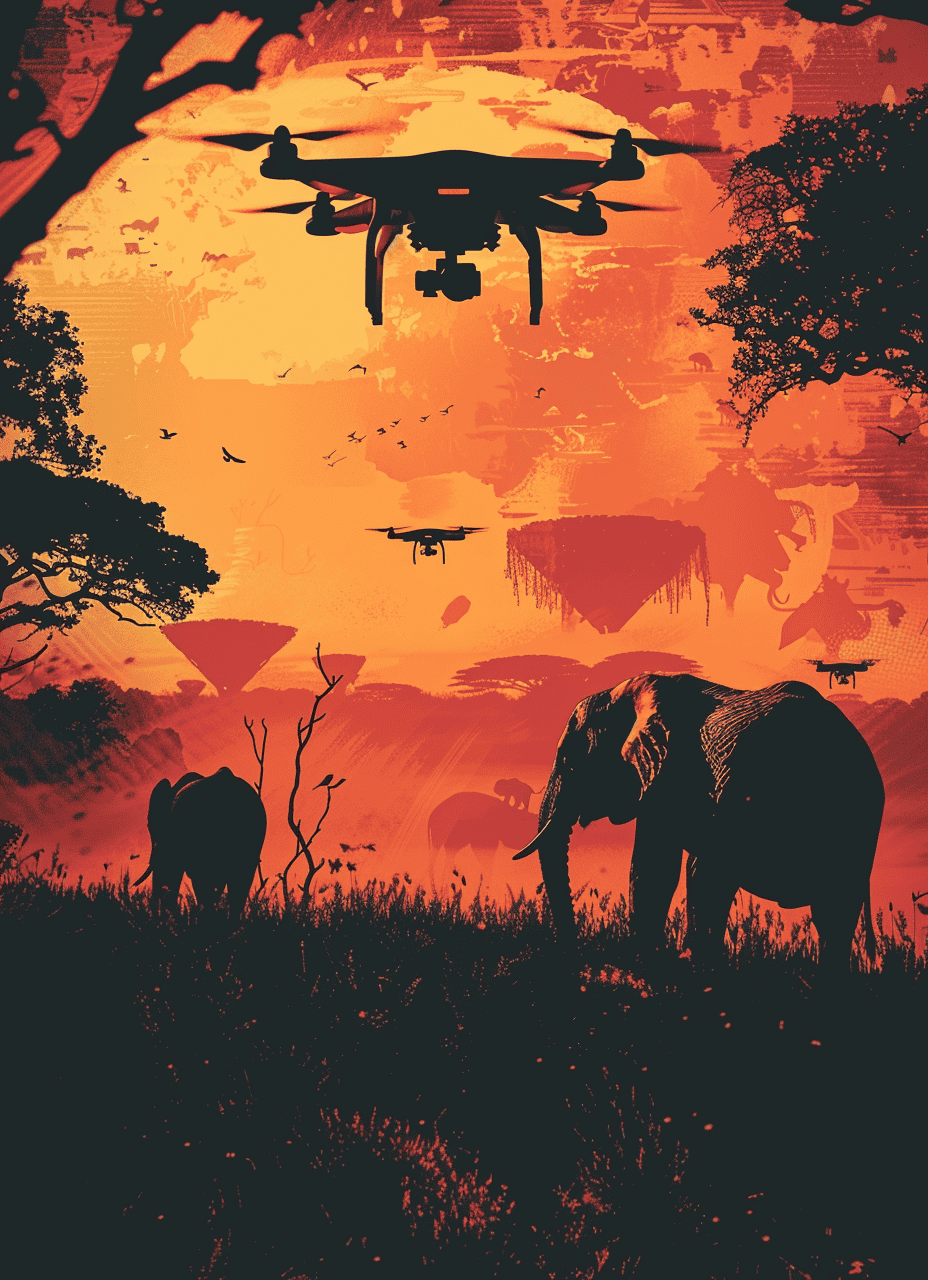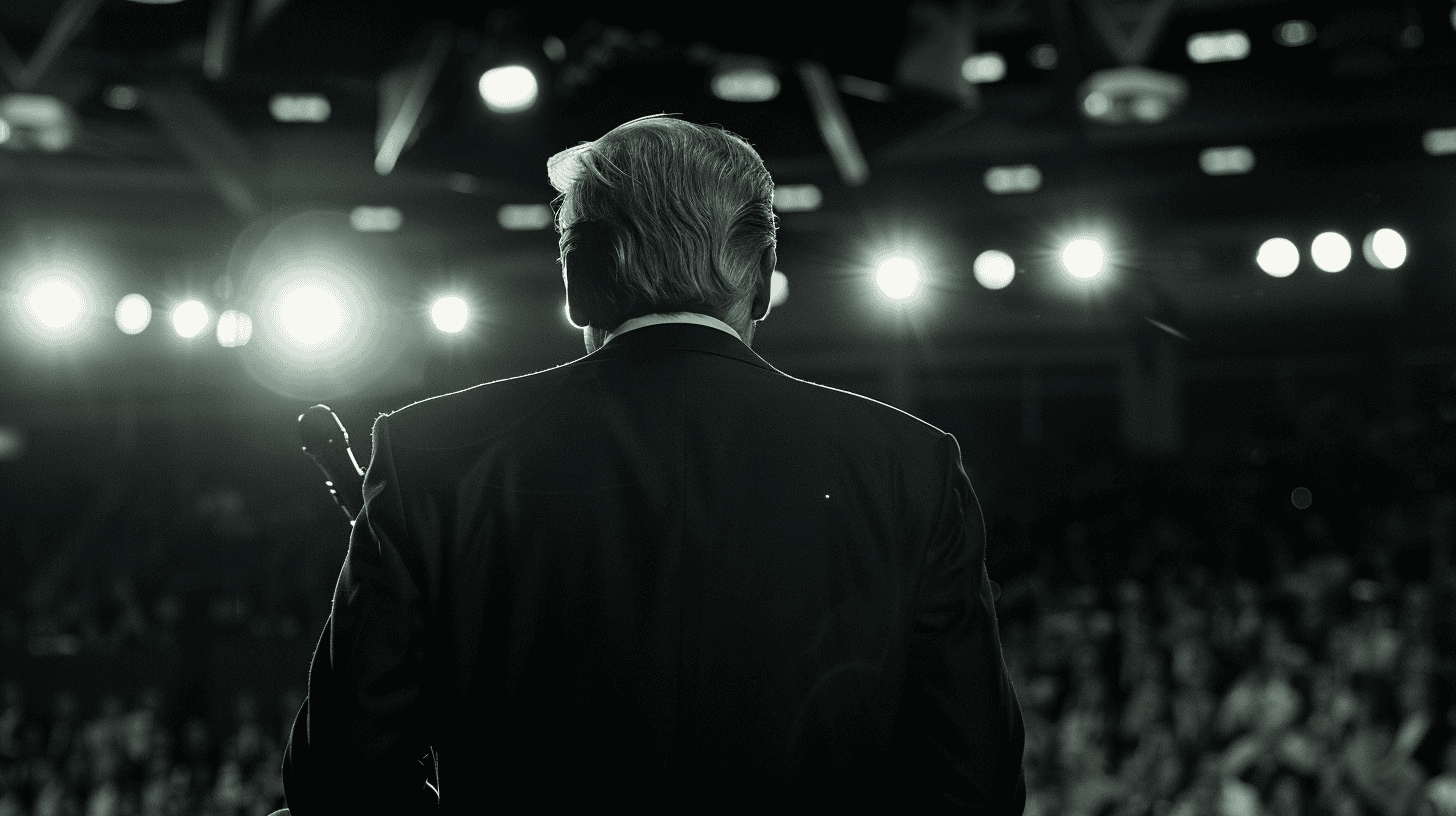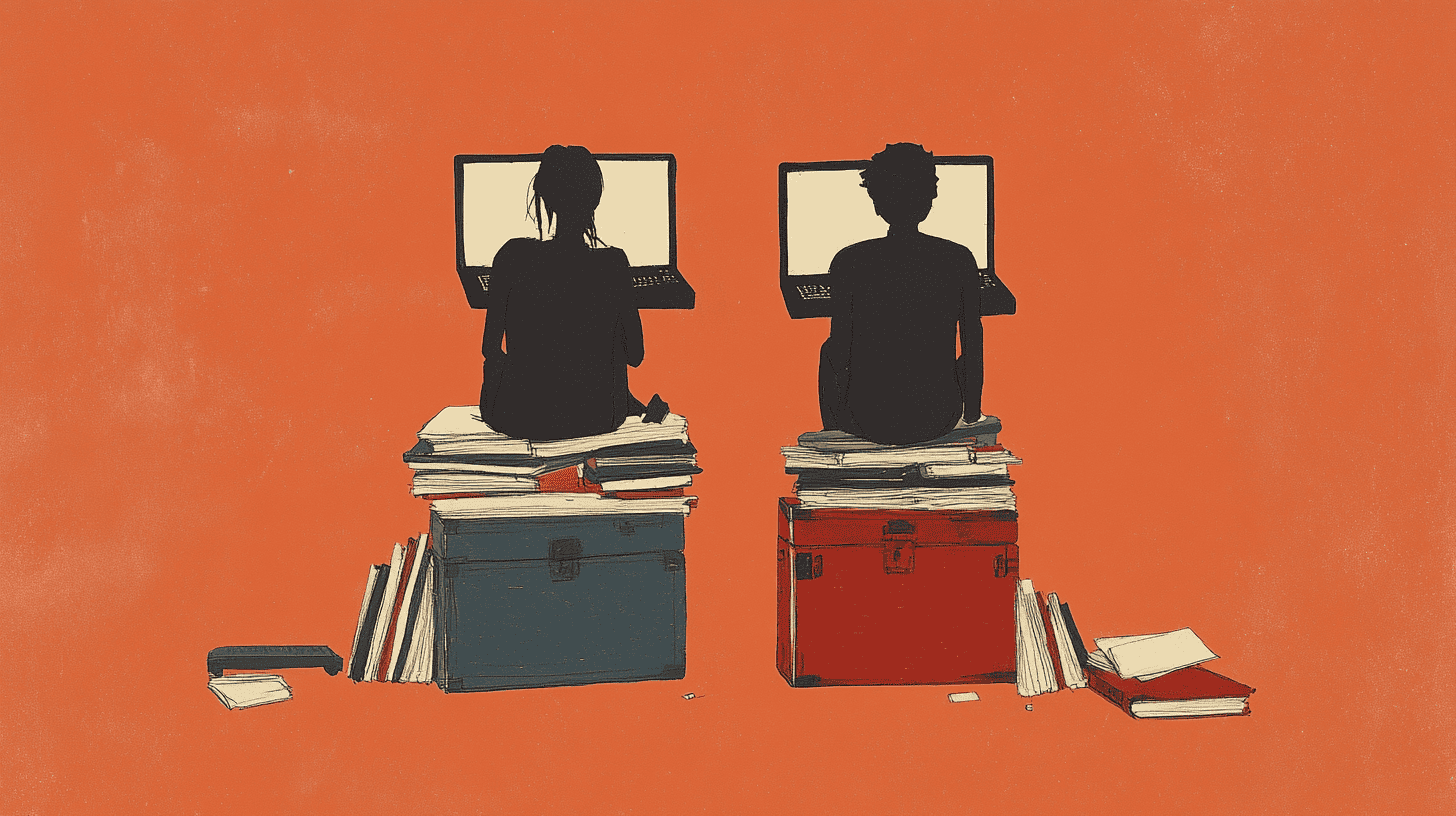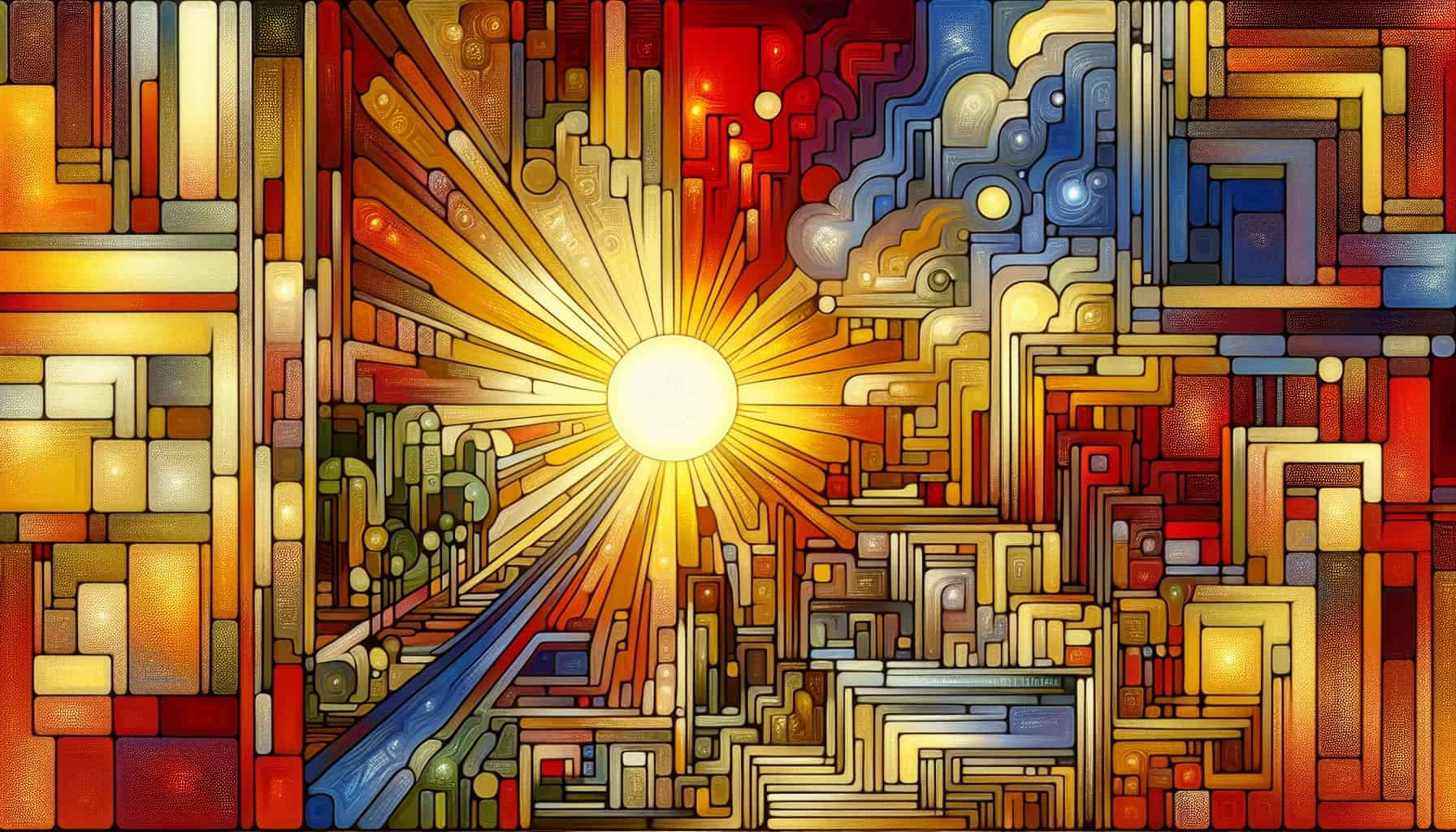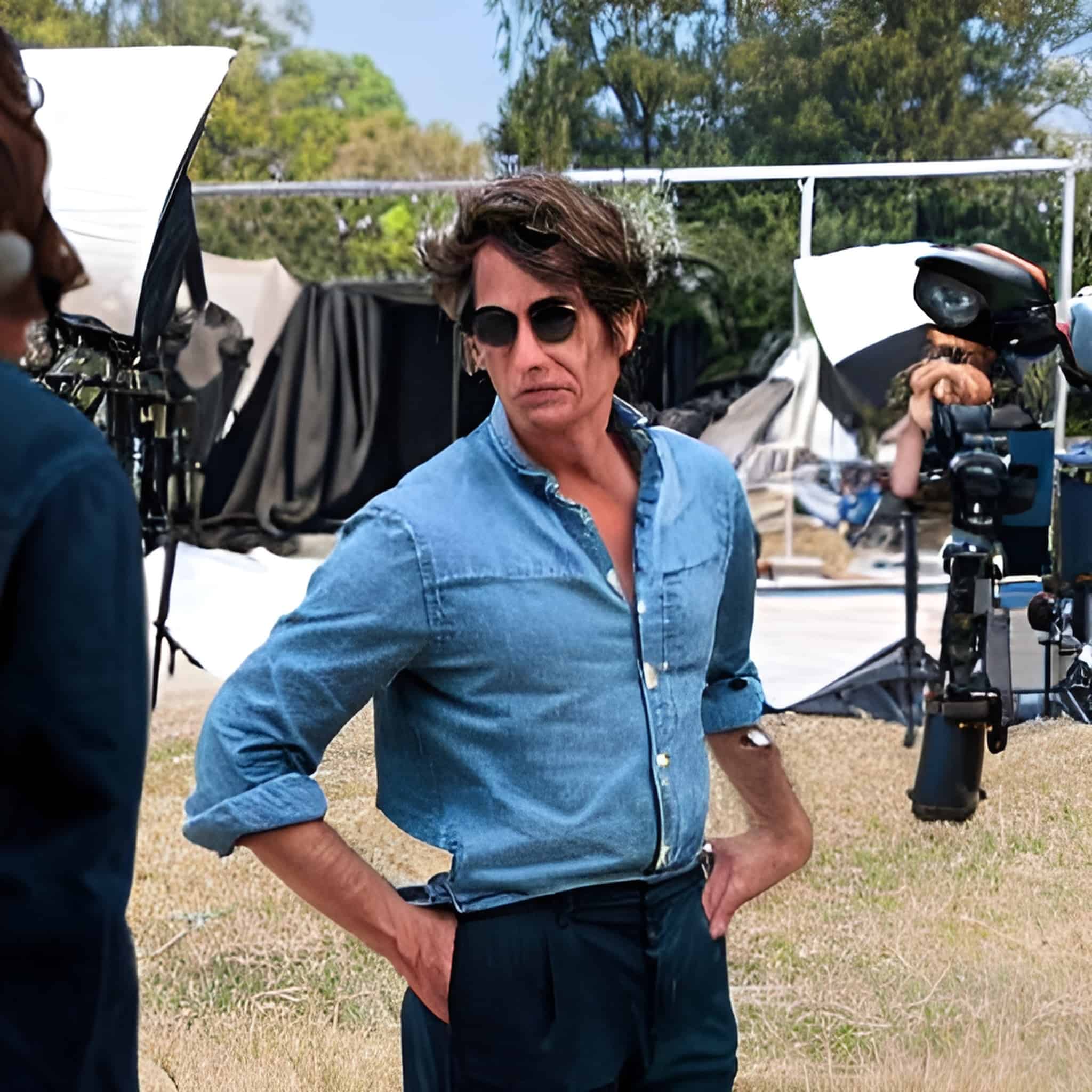
The artificial intelligence (AI) resurrection of the late Brazilian singer Elis Regina has sparked a cocktail of emotions and ethical debates. Featured in a Volkswagen ad, the AI-generated Elis performs a duet with her daughter, a spectacle that took 2,400 hours to produce. Despite the joy this reunion has brought to fans, it has also raised questions about the ethics of posthumous AI resurrections. The commercial comes at a time when the actors union in the US joined the writers’ strike. The strike is mainly about pay, but discussions about AI also play an important role.
The Volkswagen commercial is not the first commercial to feature deceased actors. A 1992 Diet Coke commercial featured Paula Abdul dancing with the legendary Gene Kelly, who had passed away six years before the commercial was released.
- The use of AI technology to resurrect deceased celebrities has sparked ethical debates about consent and the monetization of their likeness.
- The potential of AI to replace living actors and writers in the entertainment industry is a significant concern highlighted by the ongoing actors’ union strike.
- The future of AI in acting holds both potential benefits, such as preserving legacies and enabling safer stunts.
The legal and ethical implications
The use of AI technology to create lifelike representations of deceased celebrities has sparked a complex legal and ethical debate. On one hand, estates and rights holders of deceased celebrities have found new ways to monetise their likeness. Marilyn Monroe’s image, for instance, was purchased by the Authentic Brands Group and has since been used in several high-profile marketing campaigns.
On the other hand, the use of a deceased celebrity’s image raises ethical questions about consent. While the estates of these celebrities may have given their approval, it is impossible to know whether the celebrities themselves would have approved of these uses of their likeness. Furthermore, there are concerns that AI technology could be used to create digital replicas of living actors without their consent, a sentiment echoed by SAG-AFTRA president Fran Drescher. Drescher warned that “we are all going to be in jeopardy of being replaced by machines”.
Creating replicas of actors is not a new phenomenon. One of the cases that set the legal precedent involved American actor Crispin Glover. This time it was not a deceased actor, but the producers could not come to an agreement with Glover for his return in Back to the Future Part II. In Back to the Future II an other actor wearing prosthetics to look like Glover played the role of George McFly. Glover successfully sued the producers of Back to the Future Part II for using his likeness without permission, a landmark case that resulted in changes to Screen Actors Guild collective bargaining agreements.
AI replicas: The new fear
The use of AI in screenwriting and the potential impact on the livelihoods of writers and actors has been a major concern during the current strike. SAG-AFTRA’s chief negotiator Duncan Crabtree-Ireland revealed a proposal from the studios that involves scanning background performers, paying them for one day, and allowing the studios to own and use their digital likeness without consent or further compensation. This has sparked fears that living actors could be replaced by machines, a sentiment echoed by SAG-AFTRA president Fran Drescher.
The AMPTP’s proposal has been met with criticism. The right to digitally replicate a performer’s voice or likeness, argues SAG-AFTRA, should be a subject of negotiation, not something unilaterally imposed. There are reports that studios have already used AI technology to replace background actors with digital avatars in upcoming movies. Some actors claim they were not even given the option to decline being scanned as it was a requirement for their employment.
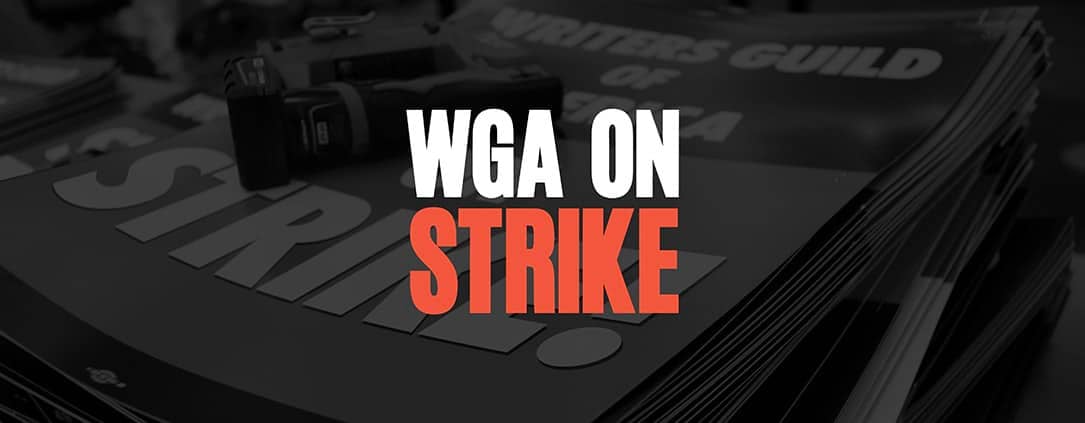
The future of Hollywood seems uncertain and the fear of AI technology replacing living actors is palpable. The ongoing strike reflects the deep-seated concerns of actors and writers about the potential implications of AI on their careers and the industry as a whole. As the strike continues, the debate around AI and its role in Hollywood is set to intensify, casting a long shadow over the future of the film industry.
The future of AI in acting
The advancement of AI technology has the potential to revolutionise the entertainment industry. AI could be used to create digital doubles of actors, allowing them to perform dangerous stunts without risk, or even appear in multiple films simultaneously.
However, the rise of AI in acting also poses significant challenges. As AI technology becomes more sophisticated, it may become increasingly difficult to distinguish between performances given by human actors and those generated by AI. This could potentially lead to a decrease in demand for human actors, as AI-generated performances could be cheaper and more convenient to produce.
Despite these challenges, some see the potential benefits of AI in acting. The recent resurrection of Brazilian singer Elis Regina has introduced a new generation to her music. If used responsibly, AI could serve as a tool to preserve and celebrate the legacies of deceased performers.
At the same time, the use of AI in acting raises significant ethical and legal questions that must be addressed. Actors and other creative professionals must be protected from exploitation, and clear guidelines should be established for the use of AI in the entertainment industry. The resolution of these issues will play a significant role in determining the future of AI in acting.



